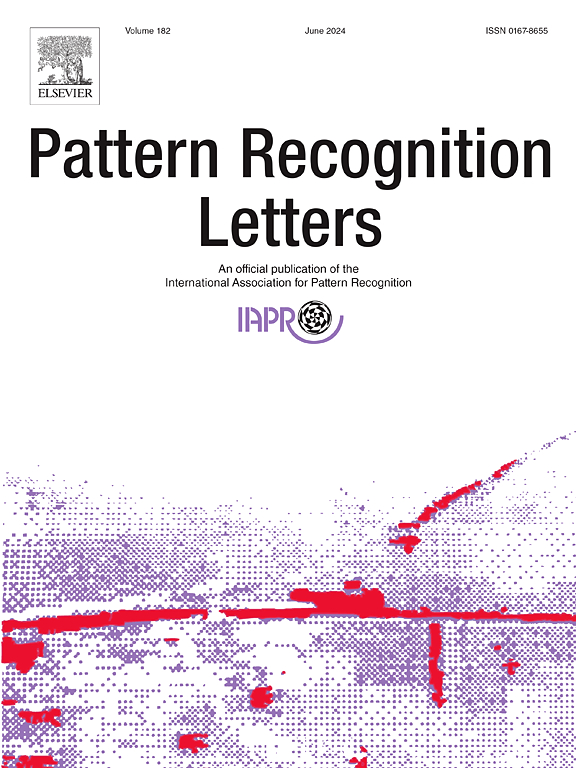设计用于模式识别和机器学习的可微分 L-1 准则
IF 3.9
3区 计算机科学
Q2 COMPUTER SCIENCE, ARTIFICIAL INTELLIGENCE
引用次数: 0
摘要
在模式识别、特征选择和机器学习的各种应用中,L-1 准则被用作目标函数或正则表达式。在数学上,L-1 准则具有独特的特性,这使它在机器学习、特征选择、优化和回归中具有吸引力。然而,在计算上,L-1 准则是一个障碍,因为它是无差别的,使得寻找解决方案的过程变得困难。因此,现有方法依赖于数值方法。在这项工作中,我们设计了一种 L-1 准则,它是可微分的,因此有一个解析解。可微分的 L-1 准则去掉了传统定义中的绝对符号,在任何地方都是可微分的。新的 L-1 准则几乎到处都是线性的,这也是传统 L-1 准则的一个理想特征。新 L-1 准则的唯一限制是,在零点附近,它的行为不是线性的,因此我们认为新 L-1 准则是准线性的。由于可微分,新 L-1 准则及其准线性变化使它们易于分析求解。因此,它可以促进许多涉及 L-1 准则的算法的开发和实施。我们的测试验证了新 L-1 准则在各种应用中的能力。本文章由计算机程序翻译,如有差异,请以英文原文为准。
Design of a differentiable L-1 norm for pattern recognition and machine learning
In various applications of pattern recognition, feature selection, and machine learning, L-1 norm is used as either an objective function or a regularizer. Mathematically, L-1 norm has unique characteristics that make it attractive in machine learning, feature selection, optimization, and regression. Computationally, however, L-1 norm presents a hurdle as it is non-differentiable, making the process of finding a solution difficult. Existing approach therefore relies on numerical approaches. In this work we designed an L-1 norm that is differentiable and, thus, has an analytical solution. The differentiable L-1 norm removes the absolute sign in the conventional definition and is everywhere differentiable. The new L-1 norm is almost everywhere linear, a desirable feature that is also present in the conventional L-1 norm. The only limitation of the new L-1 norm is that near zero, its behavior is not linear, hence we consider the new L-1 norm quasi-linear. Being differentiable, the new L-1 norm and its quasi-linear variation make them amenable to analytic solutions. Hence, it can facilitate the development and implementation of many algorithms involving L-1 norm. Our tests validate the capability of the new L-1 norm in various applications.
求助全文
通过发布文献求助,成功后即可免费获取论文全文。
去求助
来源期刊

Pattern Recognition Letters
工程技术-计算机:人工智能
CiteScore
12.40
自引率
5.90%
发文量
287
审稿时长
9.1 months
期刊介绍:
Pattern Recognition Letters aims at rapid publication of concise articles of a broad interest in pattern recognition.
Subject areas include all the current fields of interest represented by the Technical Committees of the International Association of Pattern Recognition, and other developing themes involving learning and recognition.
 求助内容:
求助内容: 应助结果提醒方式:
应助结果提醒方式:


